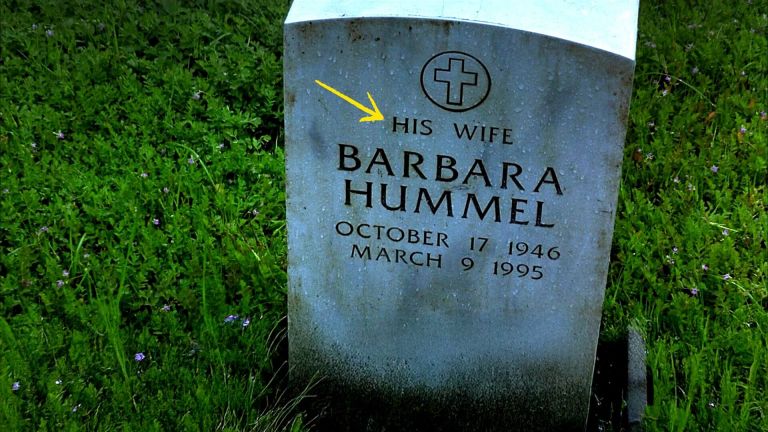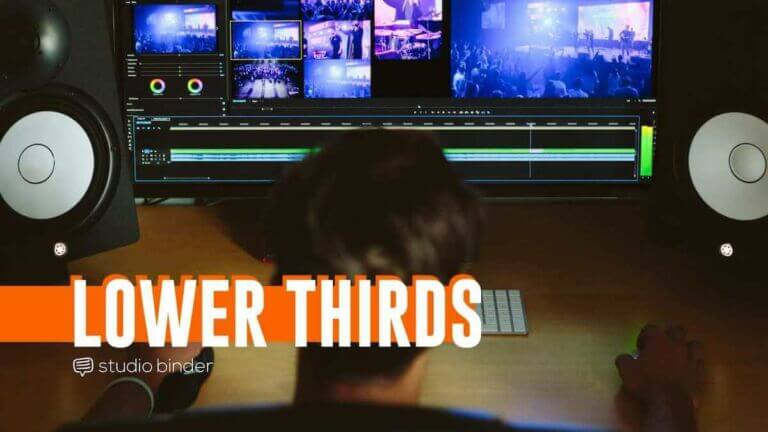How do you want to be remembered after you die? While this question might seem morbid, it is an inevitable inquiry that invites us to look deeper into both our own identity and our collective mortality. The art of using language in a concise way that speaks to this question is the art of the epitaph. Continue reading What is an Epitaph – Definition and Examples
Do you have dreams of being the greatest writer to ever grace the planet? Good writers know when to exaggerate, and when to lay low with their prose. This is why it’s important to understand what hyperbole is, and how and when to use it, or when to avoid it. (And after you read this article, you’ll be able to identify the example of hyperbole hidden in that first sentence!) Read on to learn about hyperbole’s meaning and see examples. Continue reading Hyperbole Examples in Speech, Literature, and Poetry
Streaming has become as common as smartphones and the internet itself. It's everywhere, from music to live news broadcasts, shaping the way we consume media and interact with the world. With just a tap, we can access vast libraries of content, breaking free from the confines of traditional media consumption. In this article, we'll dive into the world of streaming, exploring its history and how it continues to revolutionize the film and television industry. Continue reading What is Streaming (and How Does It Work)?
By the time I was caught, I was considered the youngest and most daring con man in US history.” This is the incredible opening line to Steven Spielberg’s 2002 film “Catch Me If You Can.” The movie is based on a biographical book written by Frank Abagnale Jr. - played in the movie by Leonardo DiCaprio. His book was an autobiography, telling the story of his own life. Some of the most iconic movies and books ever written are based on biographies and autobiographies. After reading this article, you’ll understand what biographies are, biographies vs. autobiographies, and more. Continue reading…
No story can exist without characters. Think of your favorite book or TV show. You likely already have a favorite character, right? That means - perhaps even without knowing it - you’ve already engaged with the world of fictional characters! But what does fictional character mean, and what are some of the all-time great fictional characters from literature, television, and film? Read on to find out the answer to the question “what is a fictional character?” Continue reading What is a Fictional Character — Definition & Types
Pride goeth before destruction, and an haughty spirit before a fall.” Sounds rather lofty, doesn’t it? But you’ve probably heard this commonly cited quote from the King James Bible simplified as the phrase “pride comes before the fall.” The ominous warning tells readers that if they are too arrogant, they may come to regret it. This theme is a common one in storytelling, and many characters exhibit this quality - which is called “hubris” - to their own detriment. But what is hubris, and what are examples of this trait in literature and film? Read on to find out how…
Commas are a common punctuation mark, used to add pauses or separations to sentences. As you can see, we just used one! Commas allow the reader to separate thoughts, and thus, understand a sentence better. Sometimes, commas can be used to separate items in a list. This is where the storied “Oxford comma” comes in. So, what is the Oxford comma, when do you use it, and how? (After you’ll read this, you’ll see how we just used one!). Continue reading What is an Oxford Comma — How & Why They Work
The Oscars, often synonymous with the epitome of cinematic excellence, have been a significant part of the global film industry for almost a century. The golden statuette has not only recognized exceptional talent but also played a crucial role in shaping the course of cinema worldwide. This article delves into the history, significance, and impact of the prestigious Academy Awards. Continue reading What is an Oscar — A History of Hollywood’s Biggest Award
If you’ve ever watched a show, movie, or commercial with words on the screen, you’ve likely seen lower thirds at work. But what is a lower third? And how can you create them effectively, while maintaining aesthetic integrity? A slick design with strategic font and color choices will add a layer of professionalism to your project. Here are some tips on how to make that happen, including tutorials and templates for lower thirds in After Effects, Premiere, Photoshop, Final Cut Pro.Continue reading What is a Lower Third? Definition and Design Strategies
Non-fiction, as a literary genre, has always held a unique position in the realm of literature. It is a genre that revolves around facts, real events, and real people, serving as a window into the realities of our world. In this article, we’ll provide a deeper understanding of non-fiction, its definition, examples, and the various genres it encompasses.Continue reading What is Non-Fiction — Definition, Examples, and Genres



















